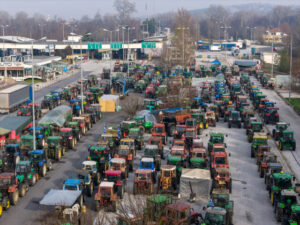Last month the price of gold hit a record high, pushing above $2.000 (£1.575) an ounce.
While this price rise was driven by gold traders, it begs the question about the supply of the precious metal, and when it will eventually run out.
Gold is in hot demand as an investment, a status symbol, and a key component in many electronic products.
But it’s also a finite resource, and there will eventually come a stage when there is none left to be mined.
Peak gold
Experts talk about the concept of peak gold – when we have mined the most we ever can in any one year. Some believe we may have already reached that point.
Gold mine production totaled 3.531 tonnes in 2019, 1% lower than in 2018, according to the World Gold Council. This is the first annual decline in production since 2008.
The Nuclear Energy that will send us to the Moon & Mars
The top 10 most affordable cities to live in during the covid-19 pandemic
“While the growth in mine supply may slow or decline slightly in the coming years, as existing reserves are exhausted, and new major discoveries become increasingly rare, suggesting that production has peaked may still be a little premature”, says Hannah Brandstaetter, a spokesman for the World Gold Council.
Even when peak gold happens, experts say the years immediately after it are not likely to see a dramatic decrease in production. Instead, we could see a gradual depletion of output over a few decades.
“Mine production has flat-lined, and is likely on a downward trajectory, but not dramatically so,” adds Ross Norman of MetalsDaily.com.
Read more: BBC
Ask me anything
Explore related questions





